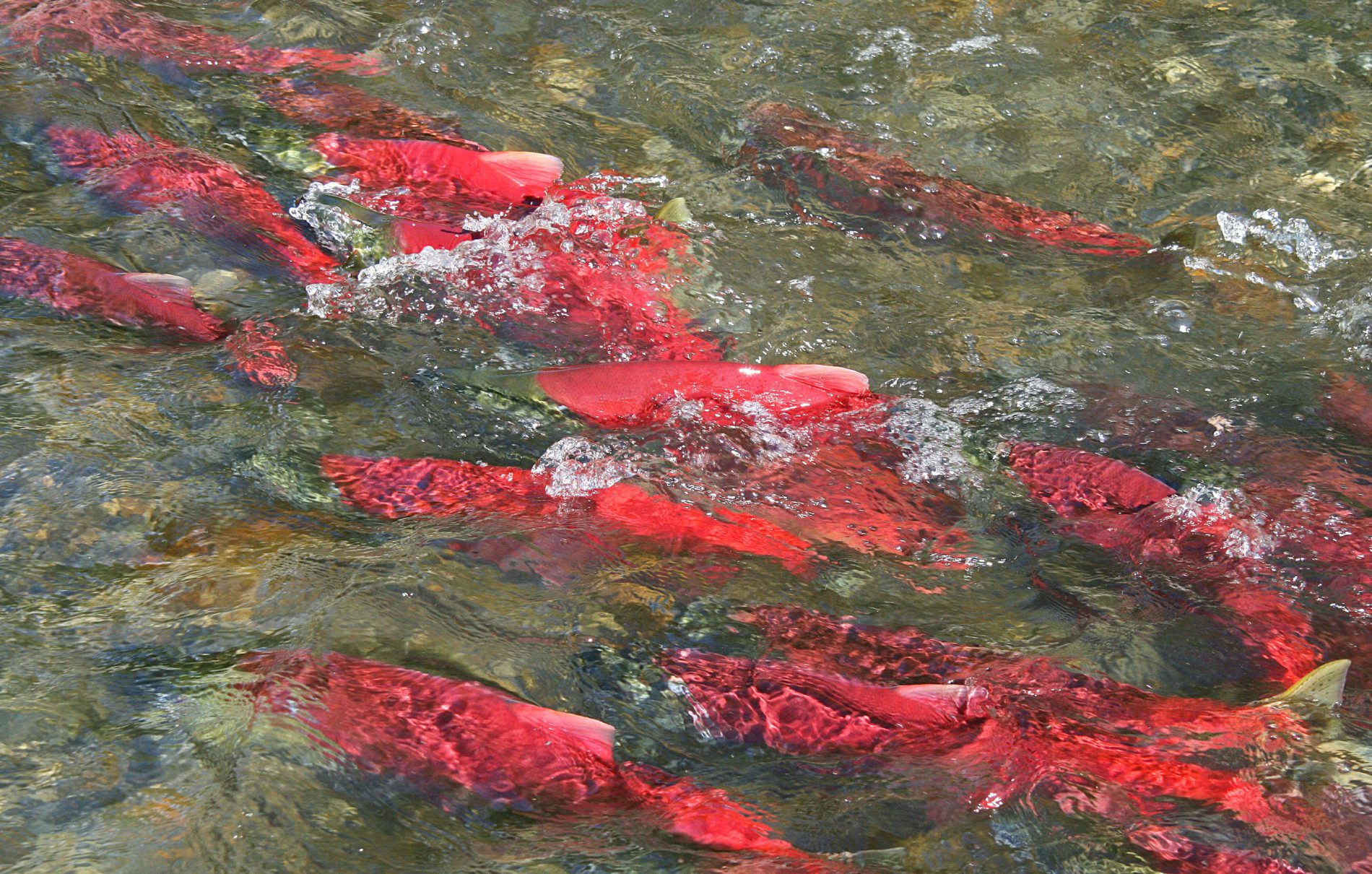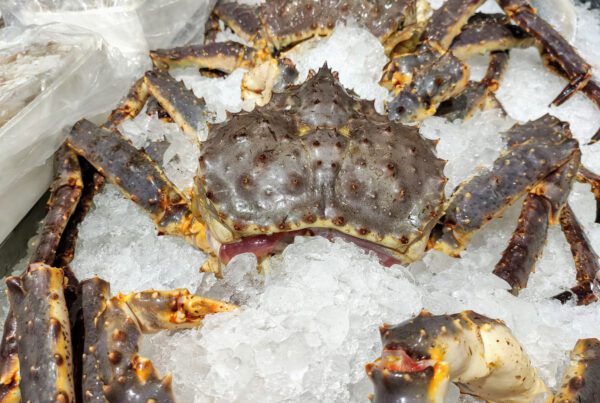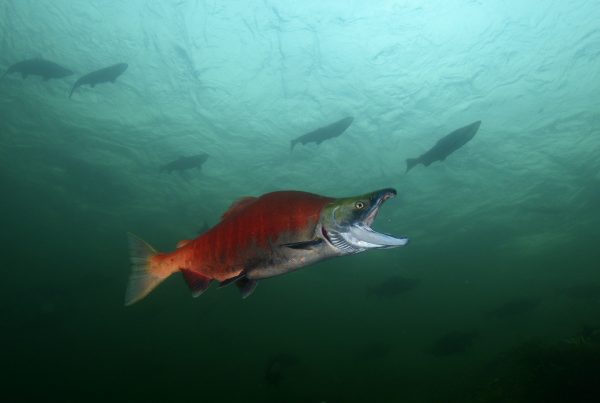The Sockeye Salmon count is projected down and the entire fishery of Alaska; Sockeye, cod, halibut, are all projected to be down over historic totals. Alaska Department of Fish & Game (ADFG) projects the 2020 return will be down to 970,000 fish, close to 23% below 2019 numbers and 25% under the ten year average. Copper River salmon are typically the most expensive and desired salmon of the season so low numbers don’t bode well for Alaskan fishermen. Analysts expect even higher prices with a smaller run of salmon that could be exacerbated by lower catch totals for cod and halibut keeping supply volumes below market demand. Unfortunately, the slow march of climate change will continue to impact our oceans and their fish until serious changes are adapted.
While the projected forecasts are often highly accurate, they’re not without an occasional miss at the bull’s eye. Last year the ADFG projected a return of 756,000 Sockeye Salmon but received 1.27 million, overshooting by almost 40% what was expected. This year, the ADFG expects the total salmon count will be around 1.42 million, down sharply a third over 2019’s 2.1 million. For Alaska, the salmon industry has a total value of $657.6 million per year, a critical amount for their economy.
There are obvious implications that the reduction in salmon population could see other markets, such as Norway and Chile, stepping in to provide more exported Salmon to markets such as China – a growing consumer of imported salmon. Norway in particular has been especially eager since China lifted a 2015 ban on the nation’s fish in 2018. The ban was instated because of concerns surrounding a virus the fish could carry. Though that virus was limited to fish and not communicable to humans, the danger to the Chinese aquaculture gave pause.
As people return to work in China after the Coronavirus outbreak, the expectation is that perishable commodity importations will slowly build back up to previous levels, but over time. This could take the better part of the year to resolve as a vaccine is developed and we are expecting trade to other Asian countries, who are only beginning to see the virus in their own citizens, begin to react similarly to China now. We’ll keep our blog updated as we see how the 2020 Salmon season develops in Alaska and around the world.



